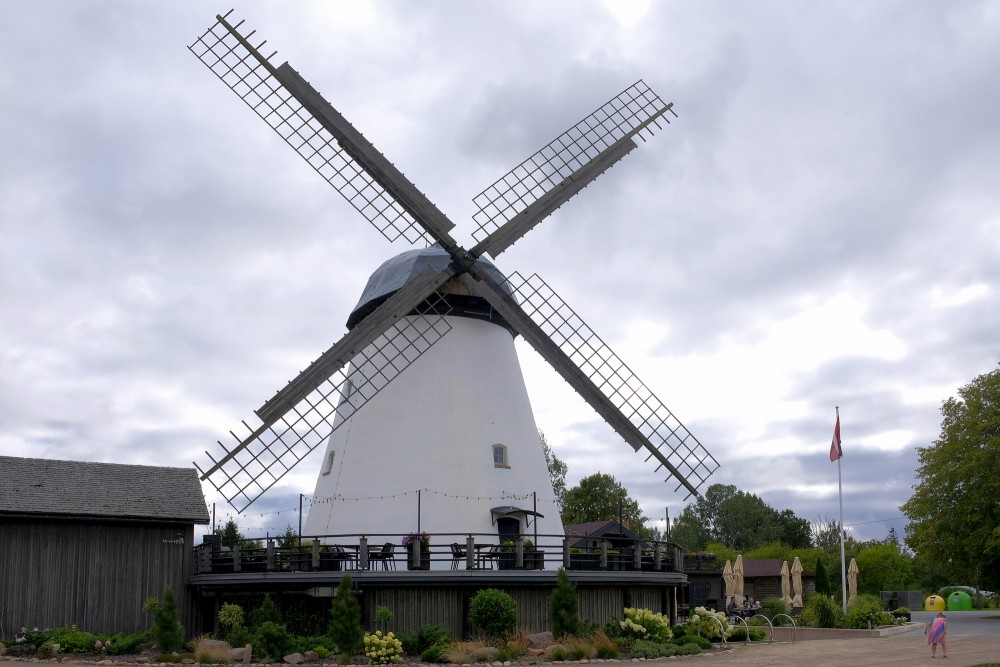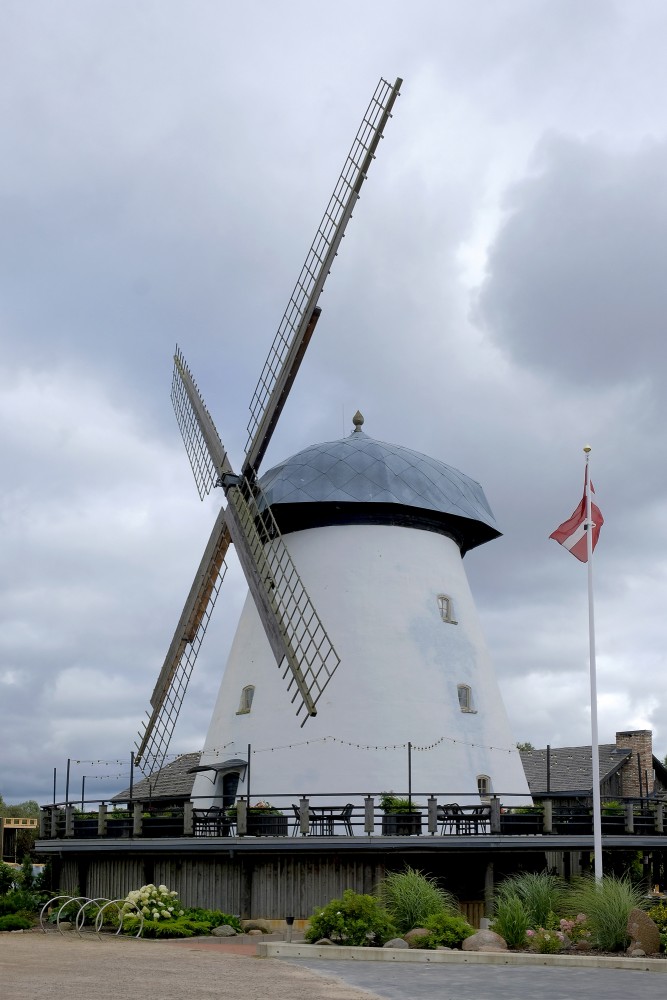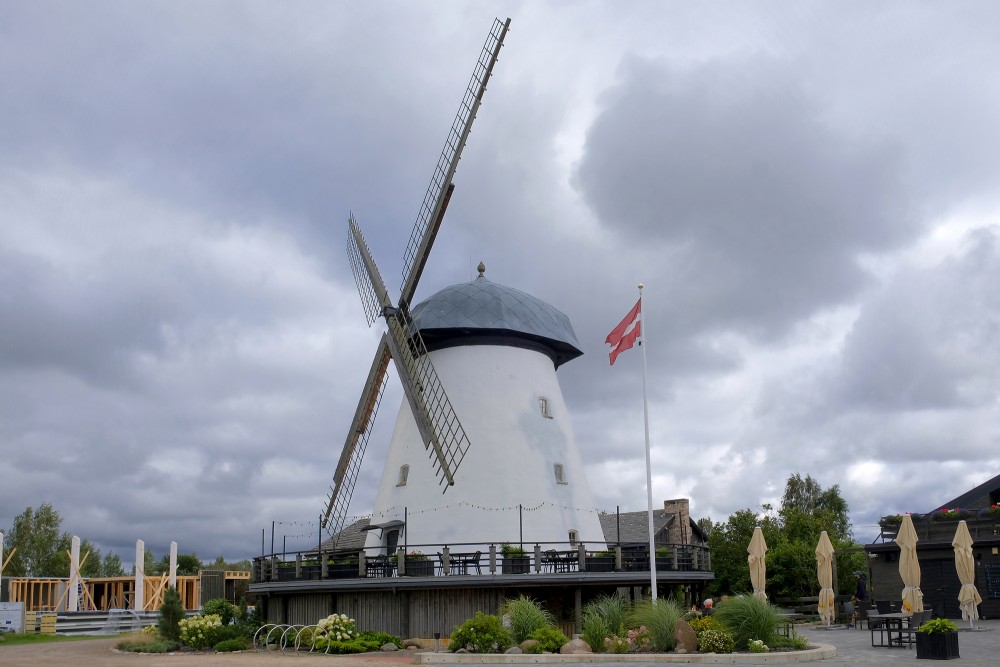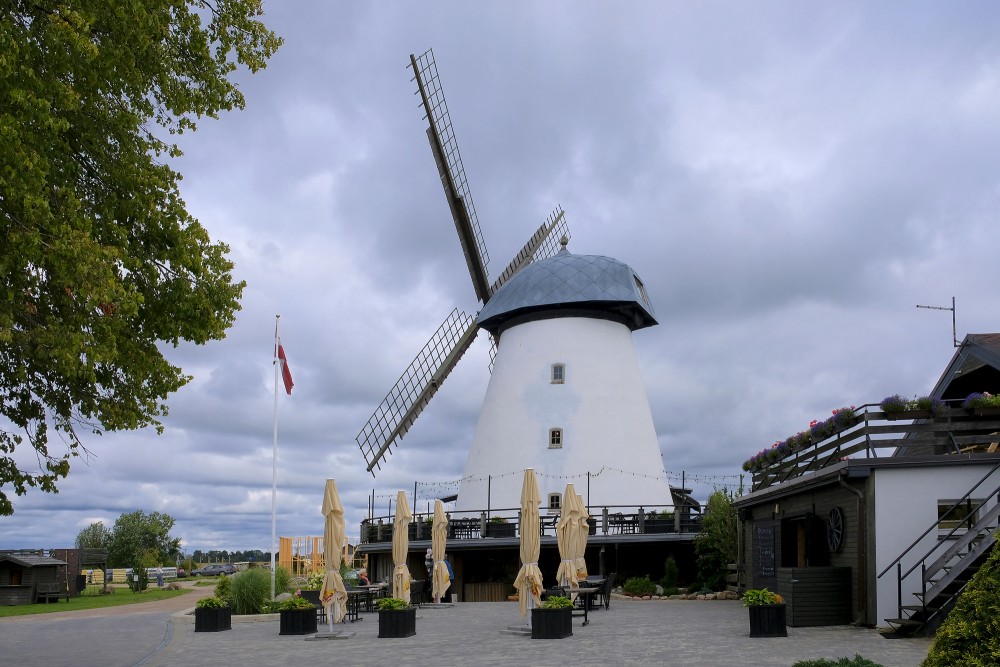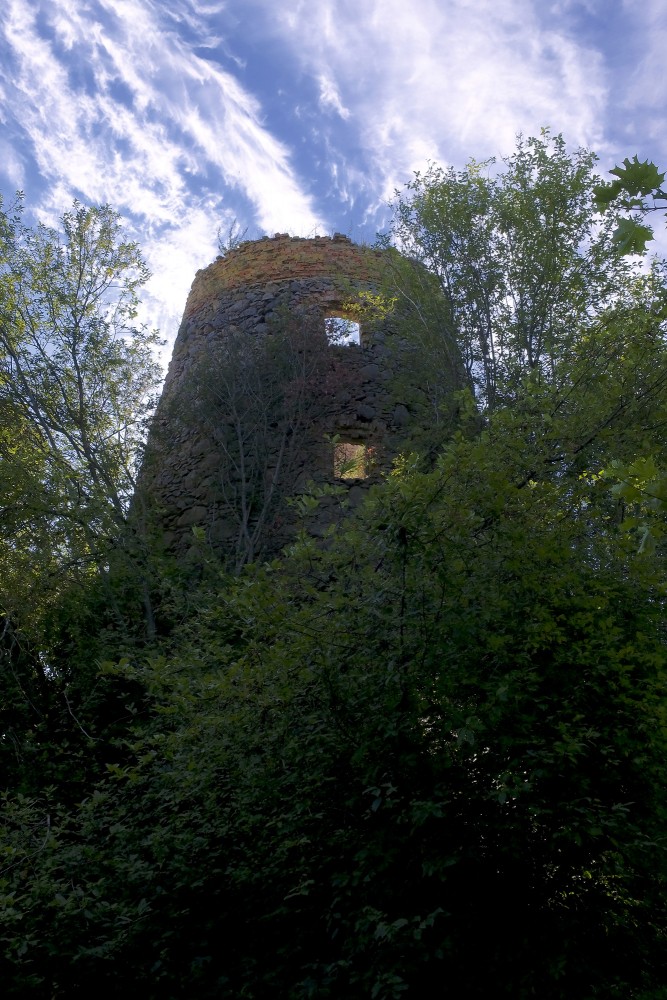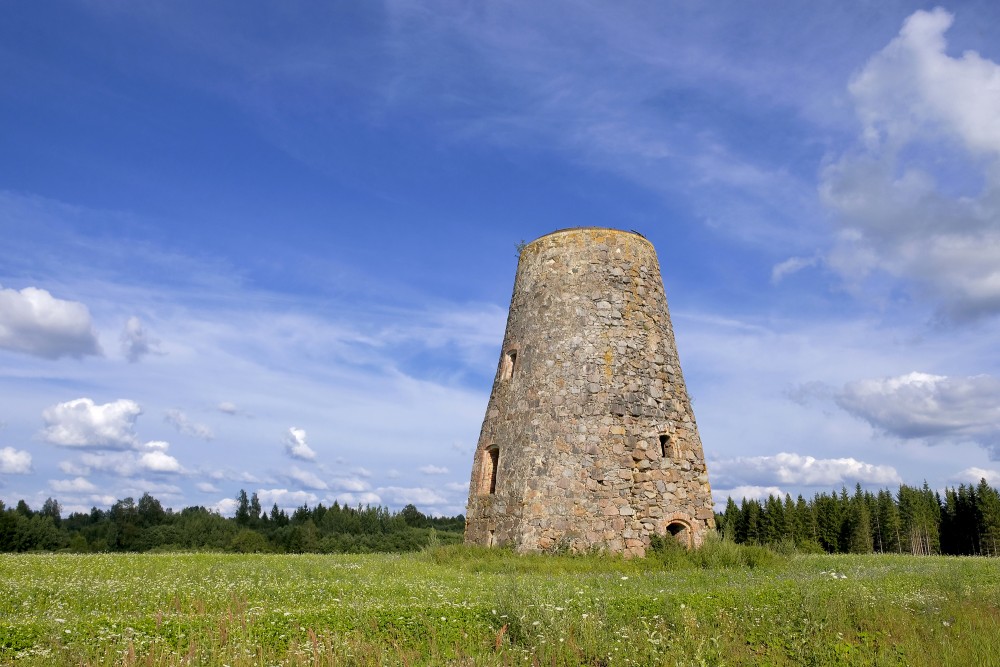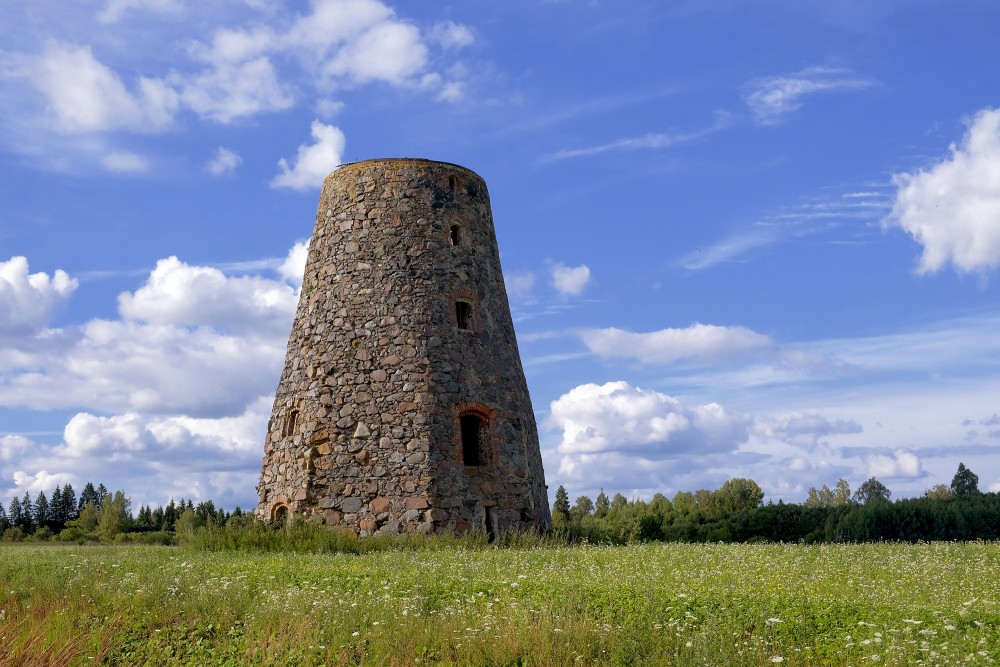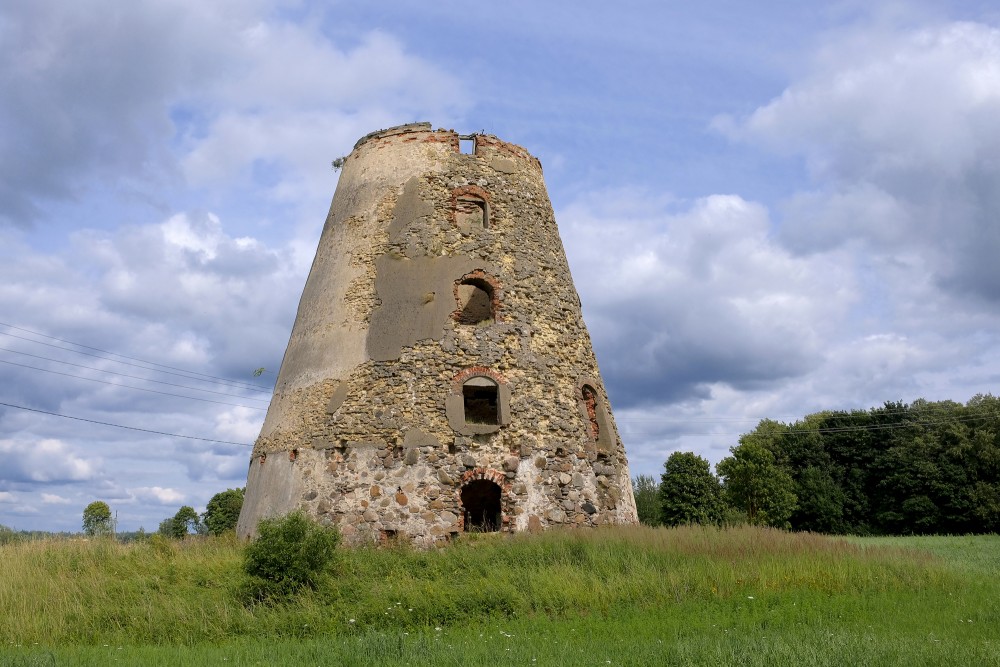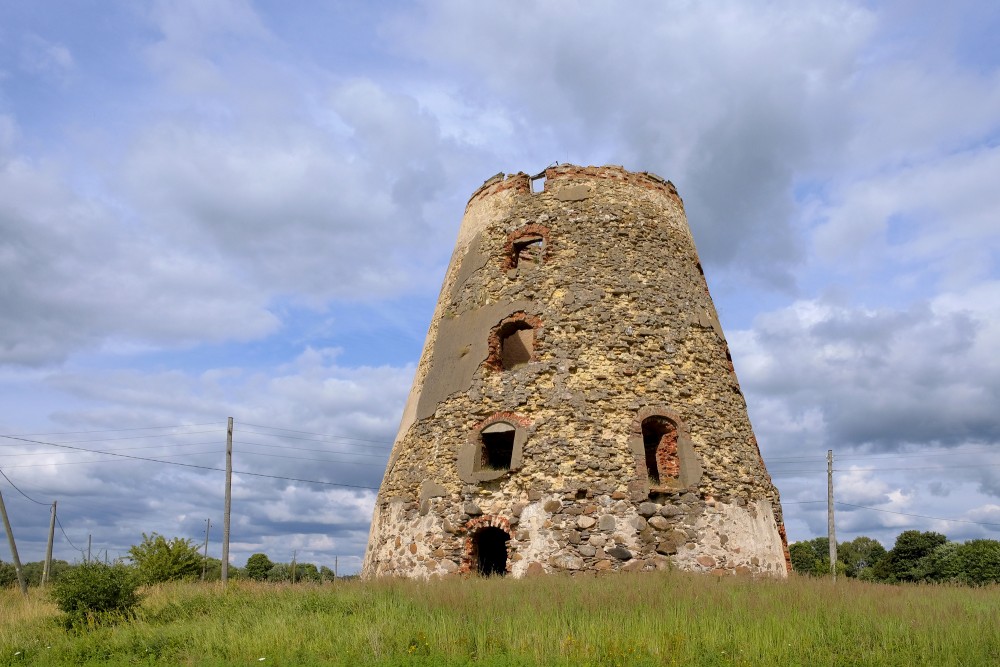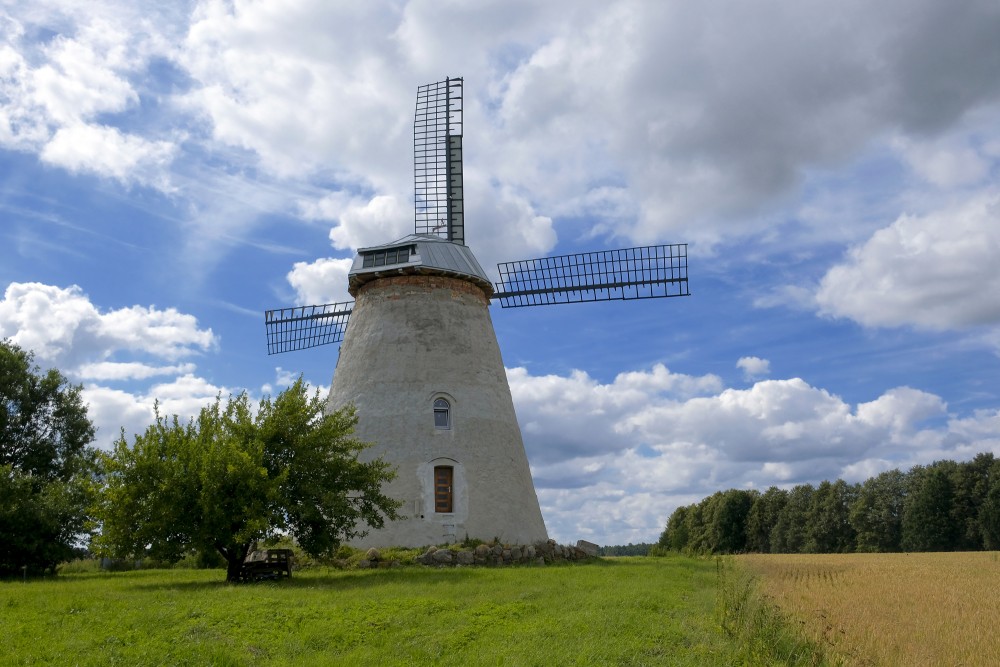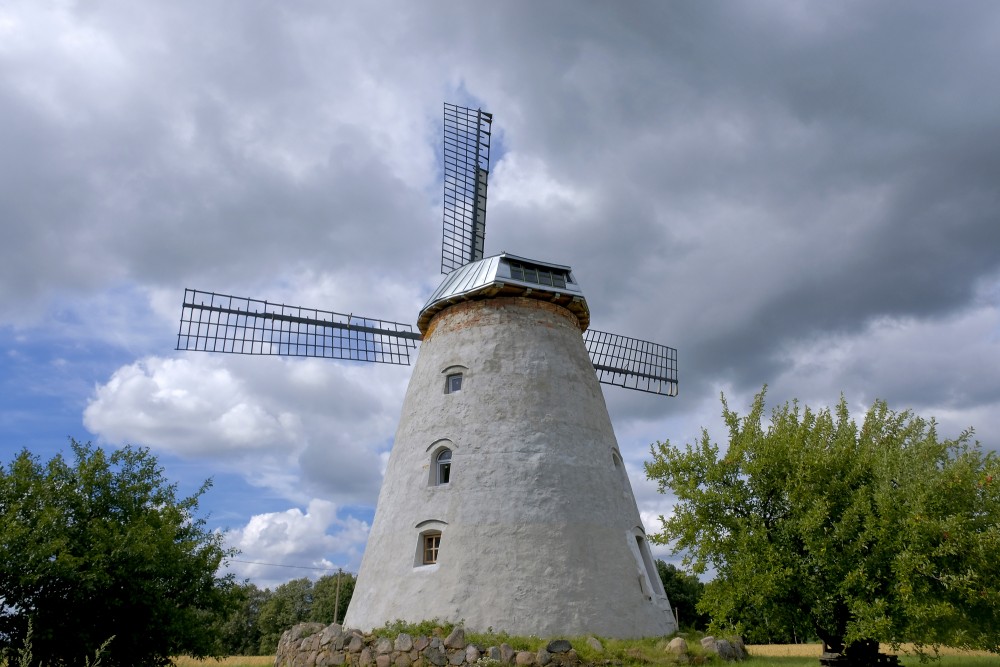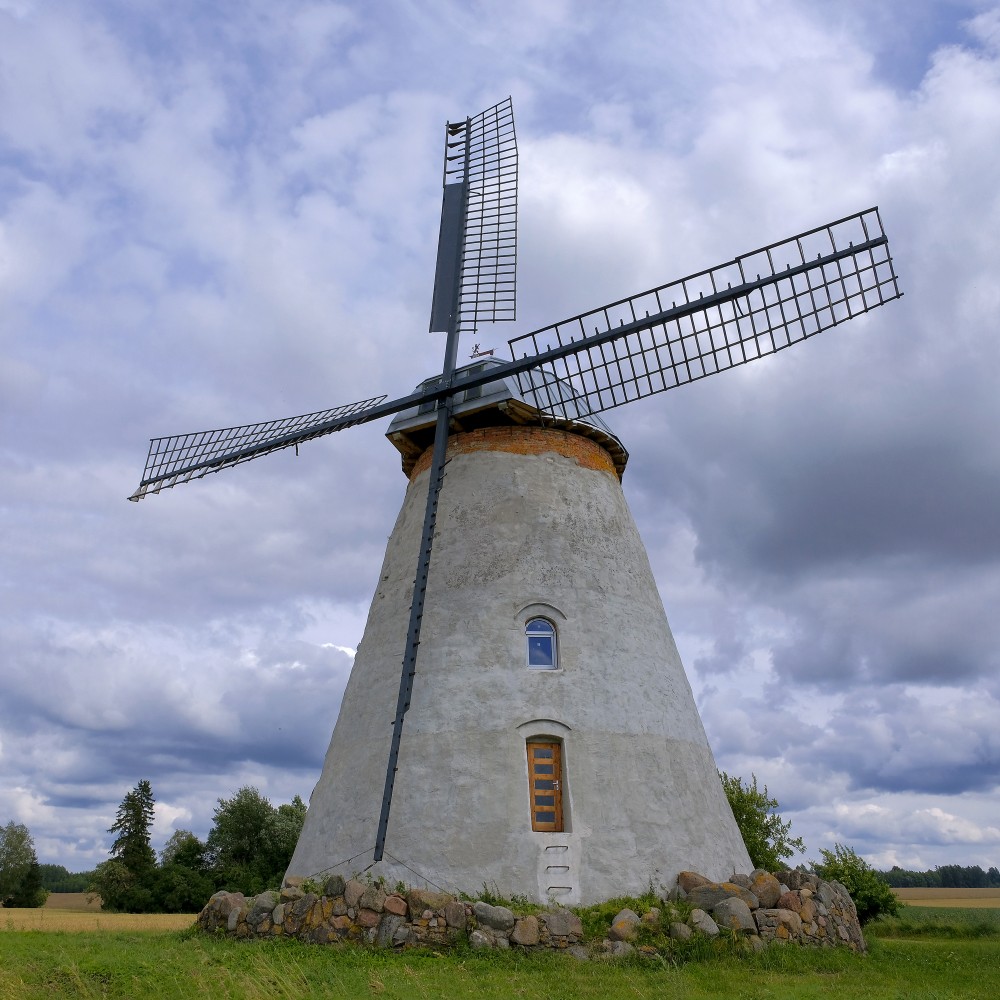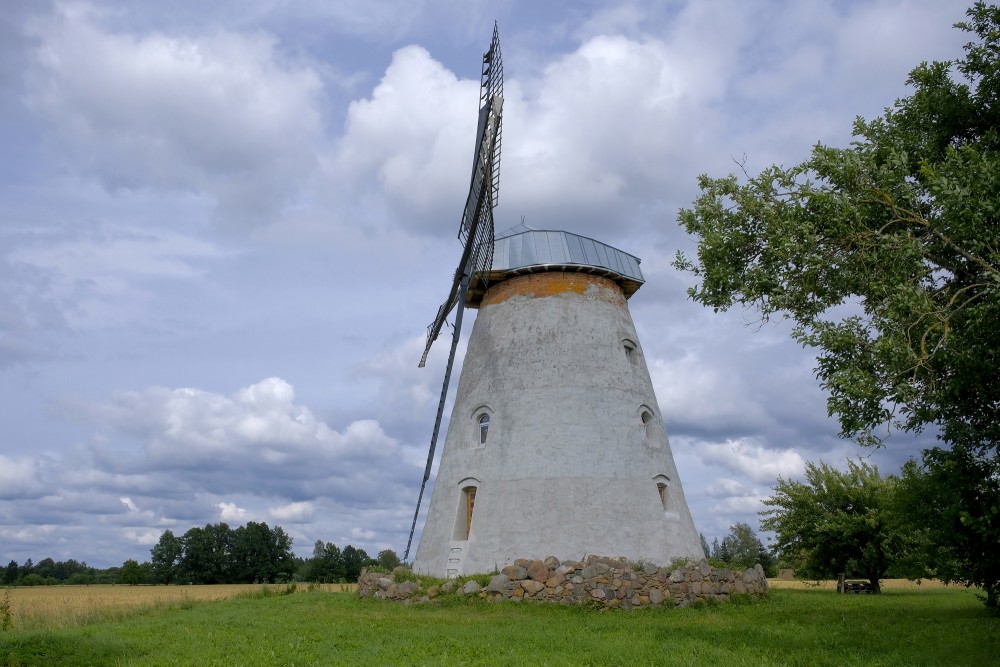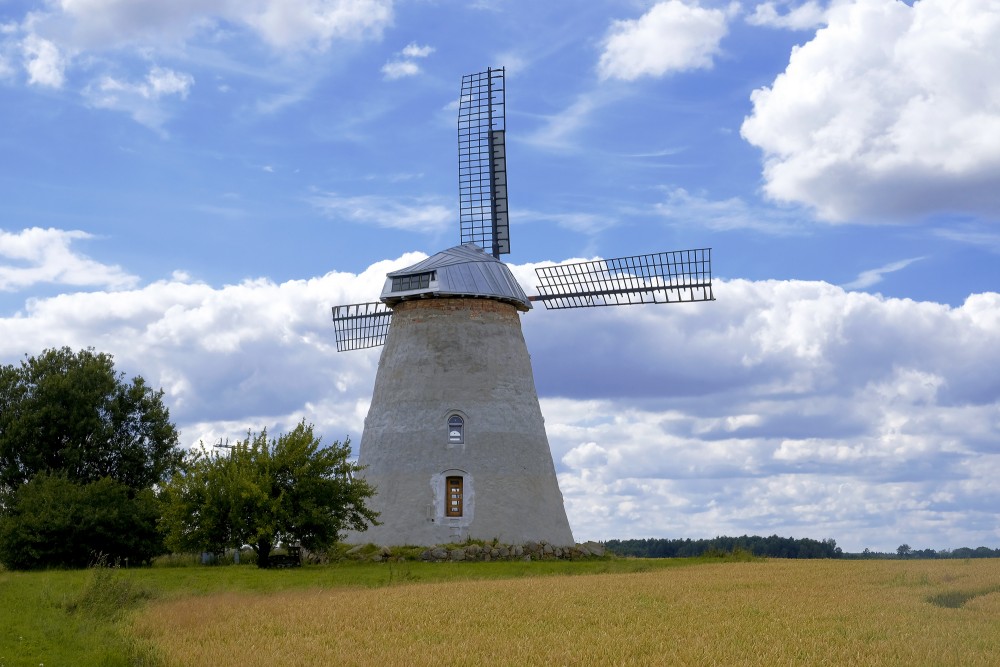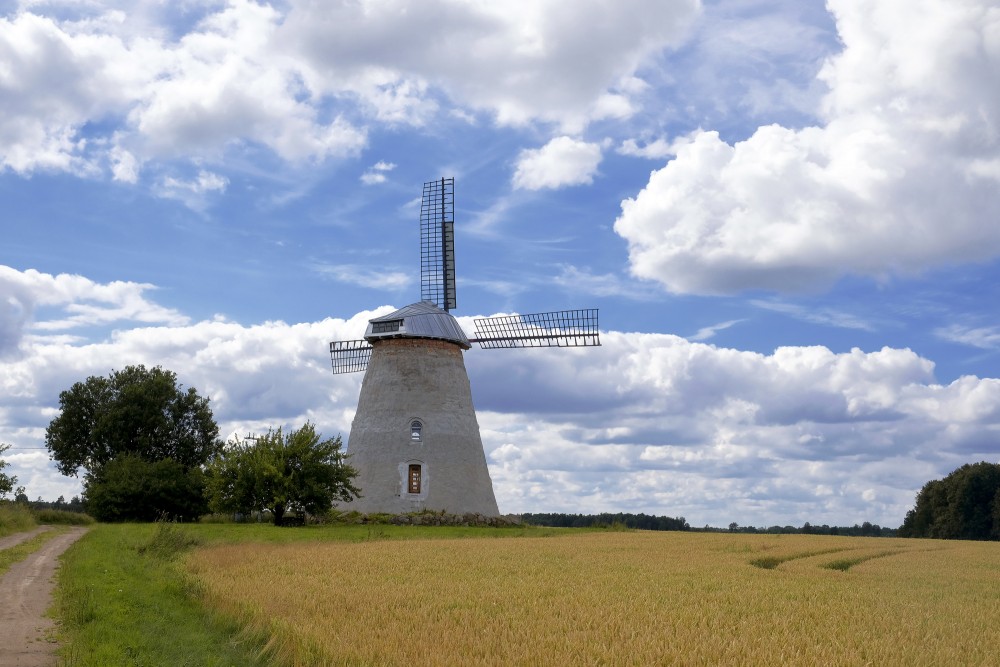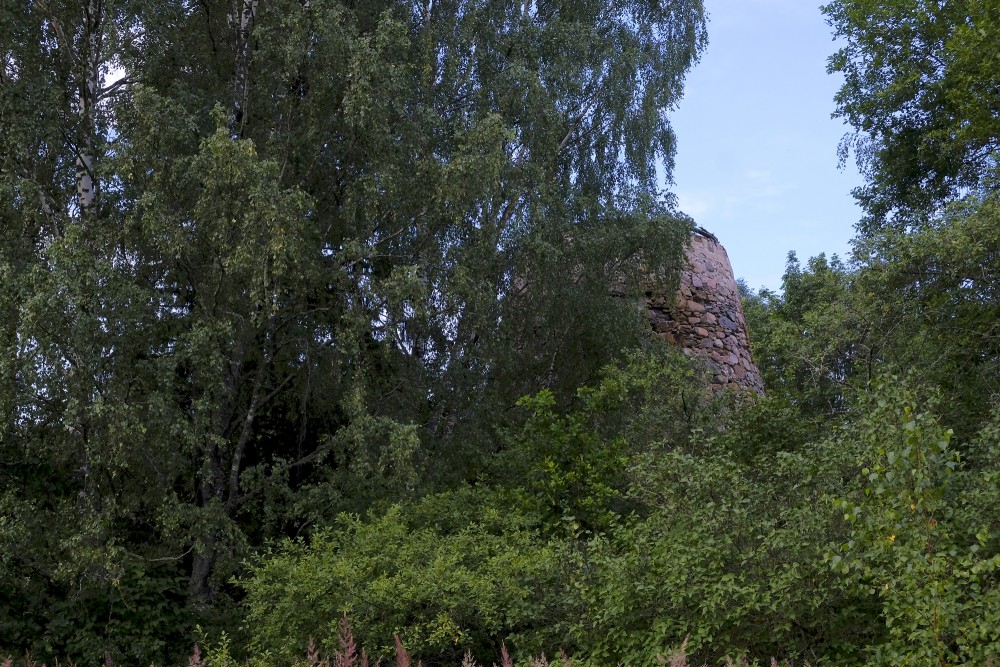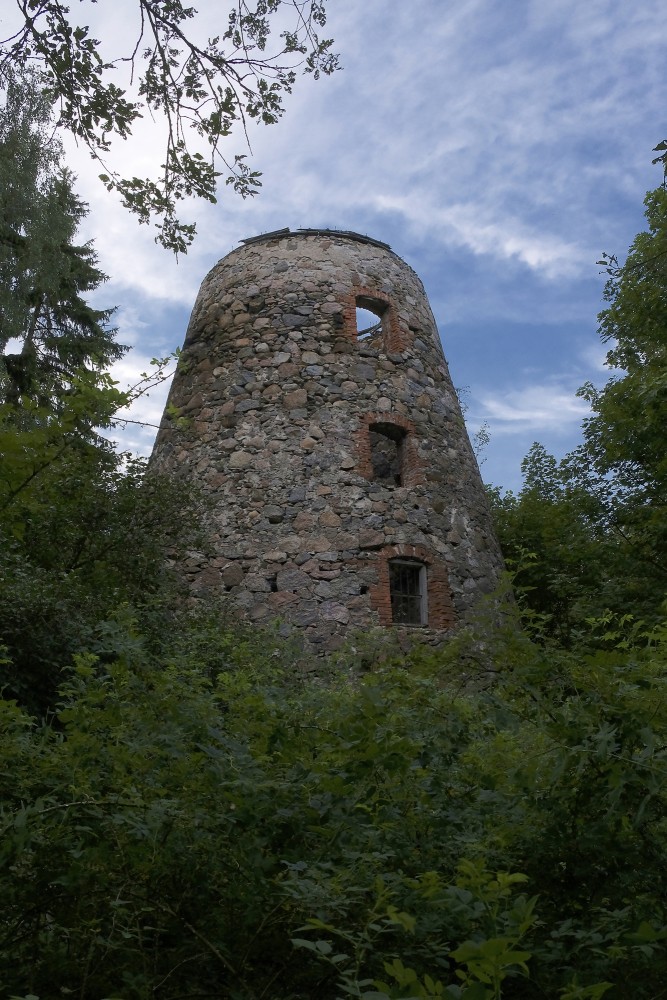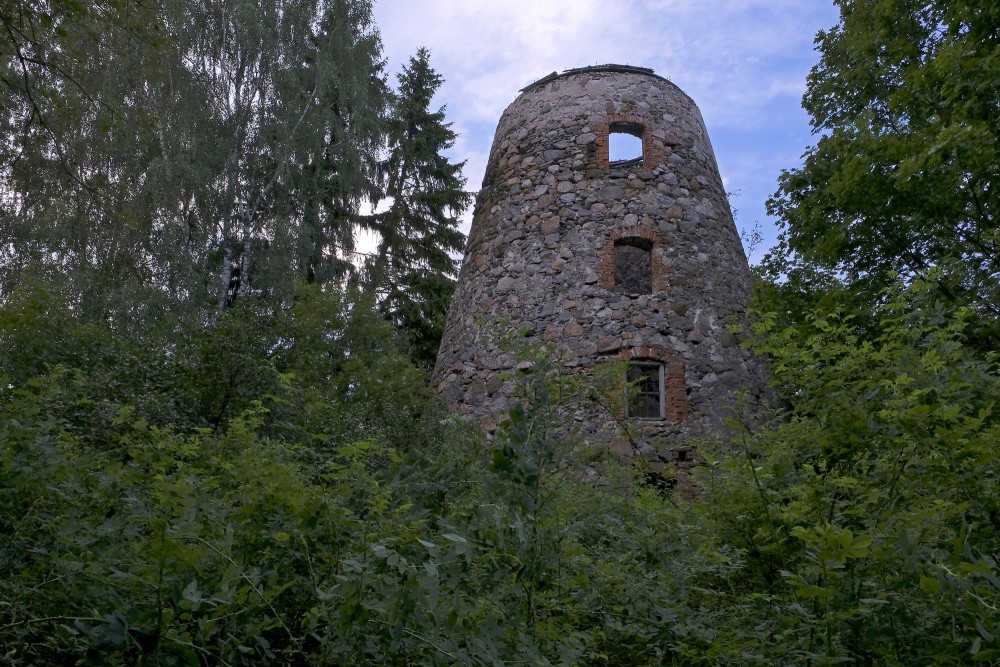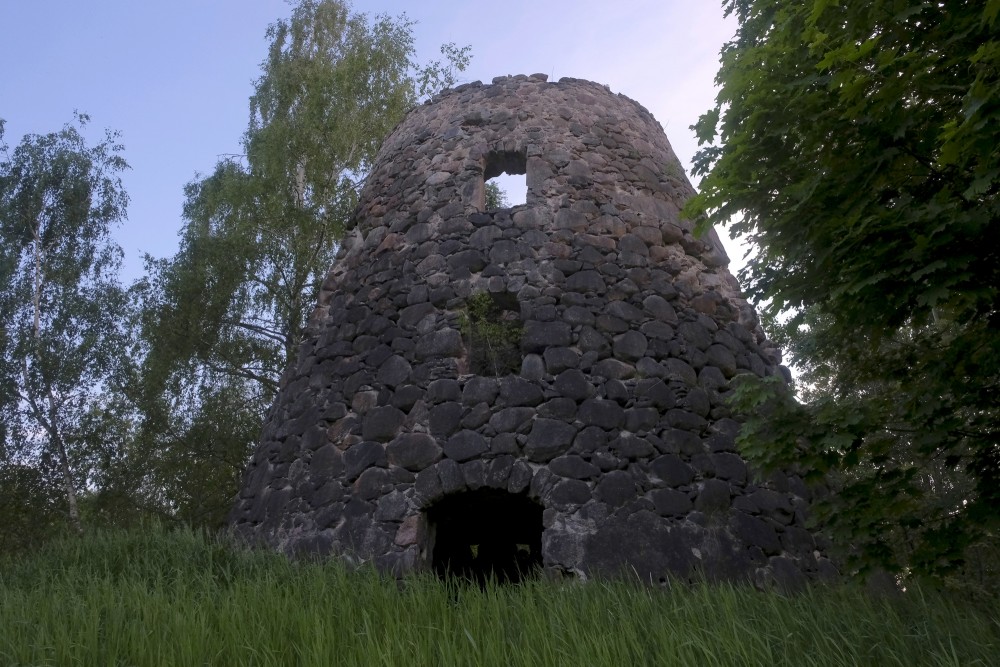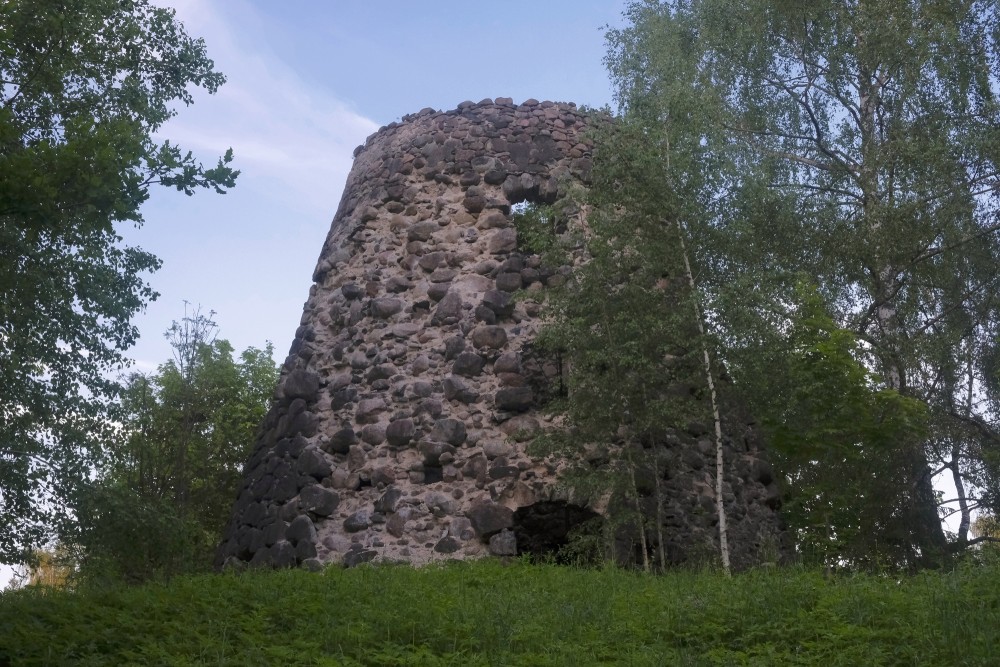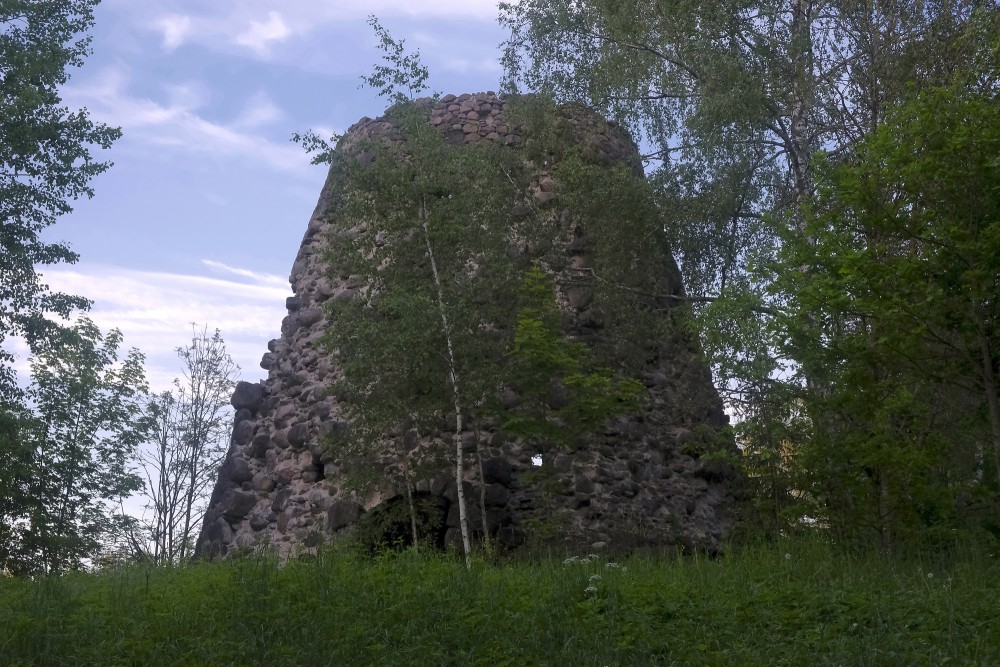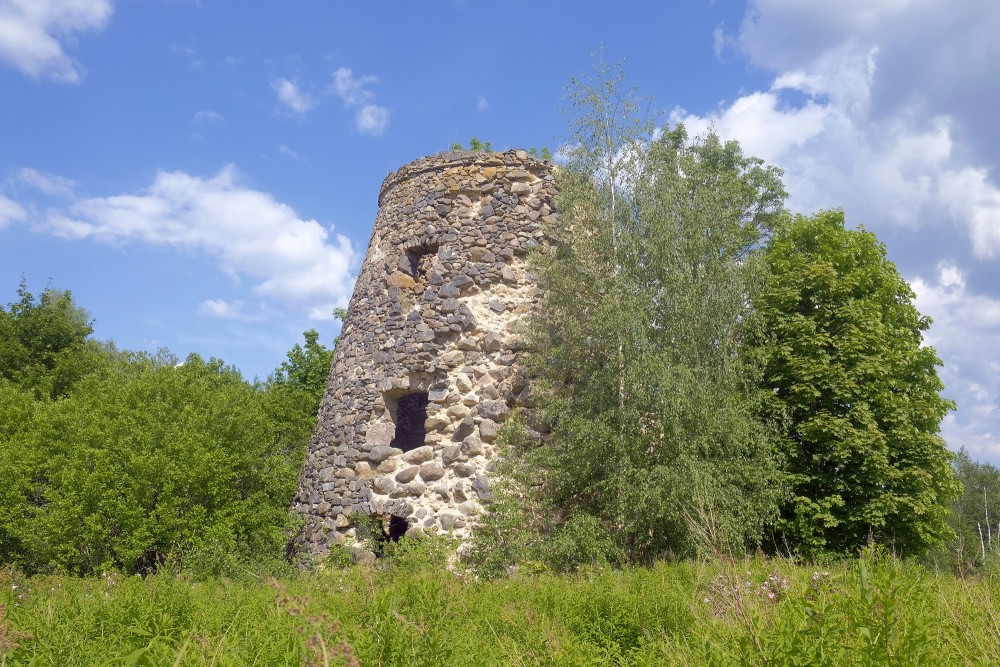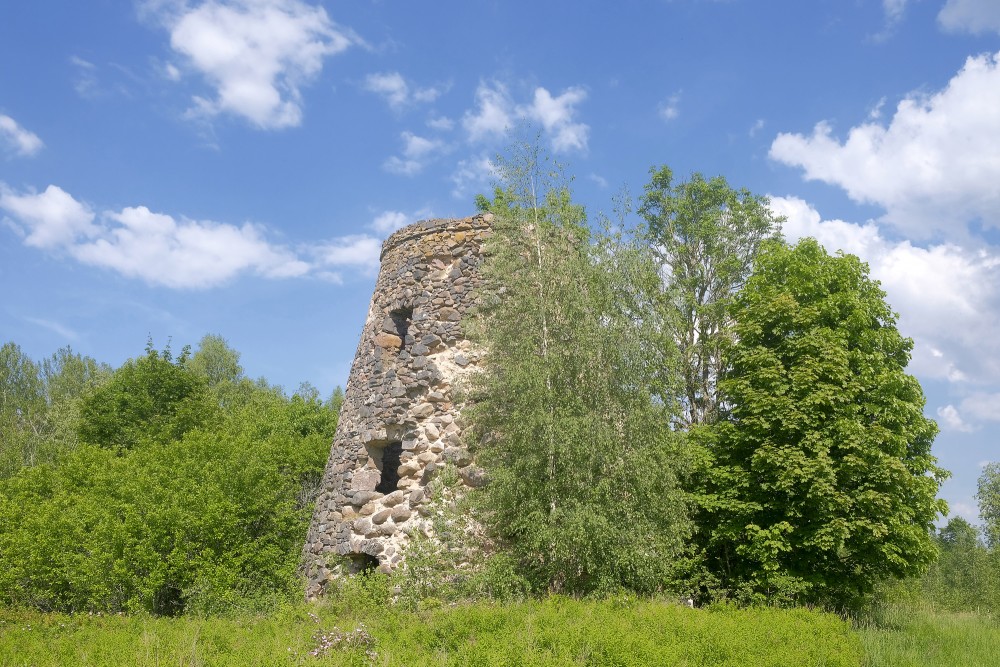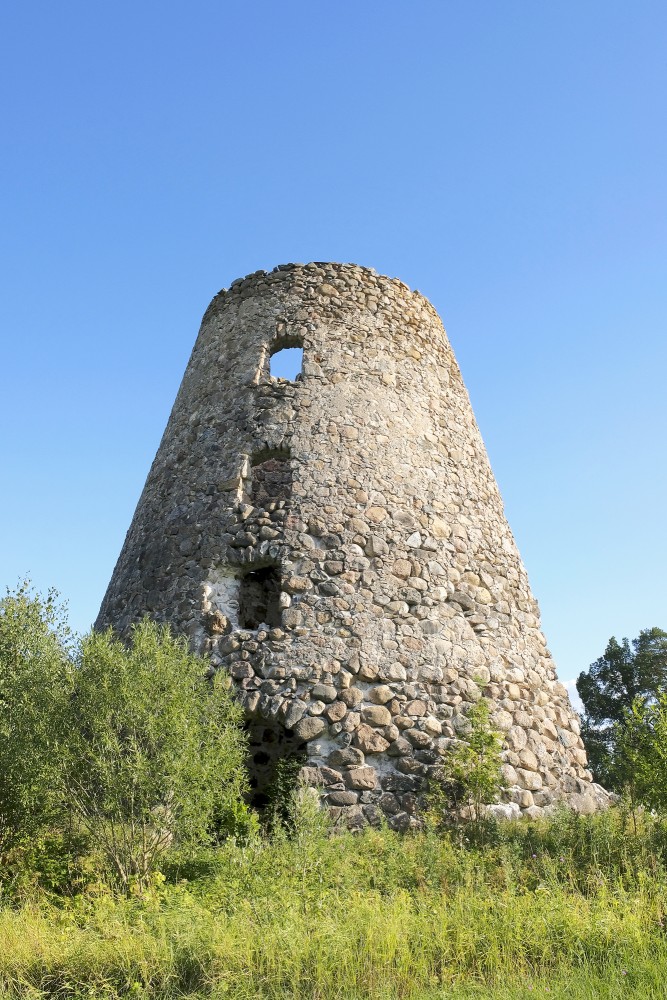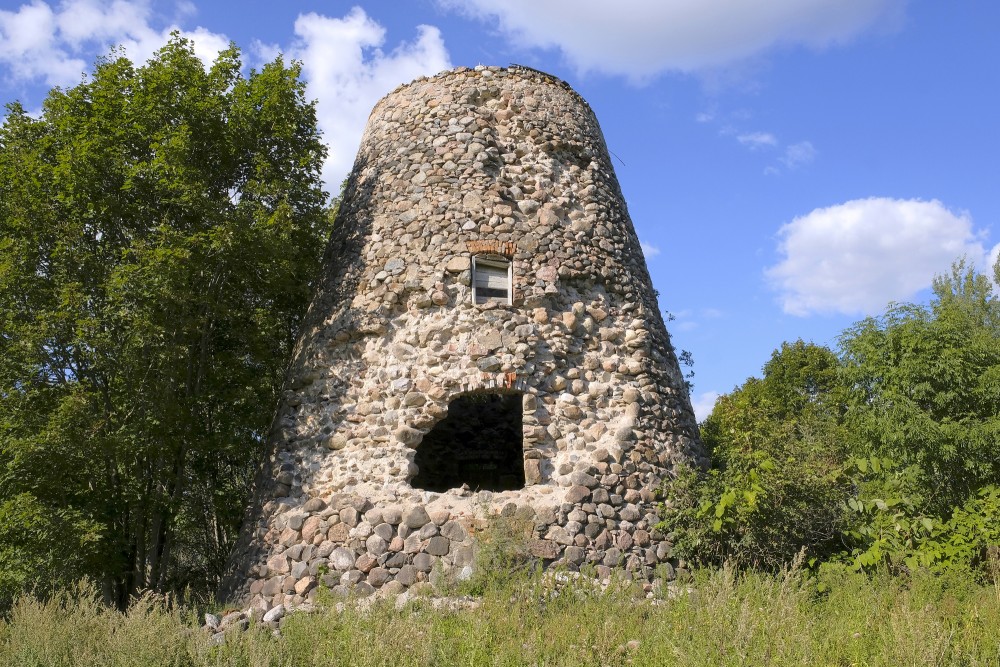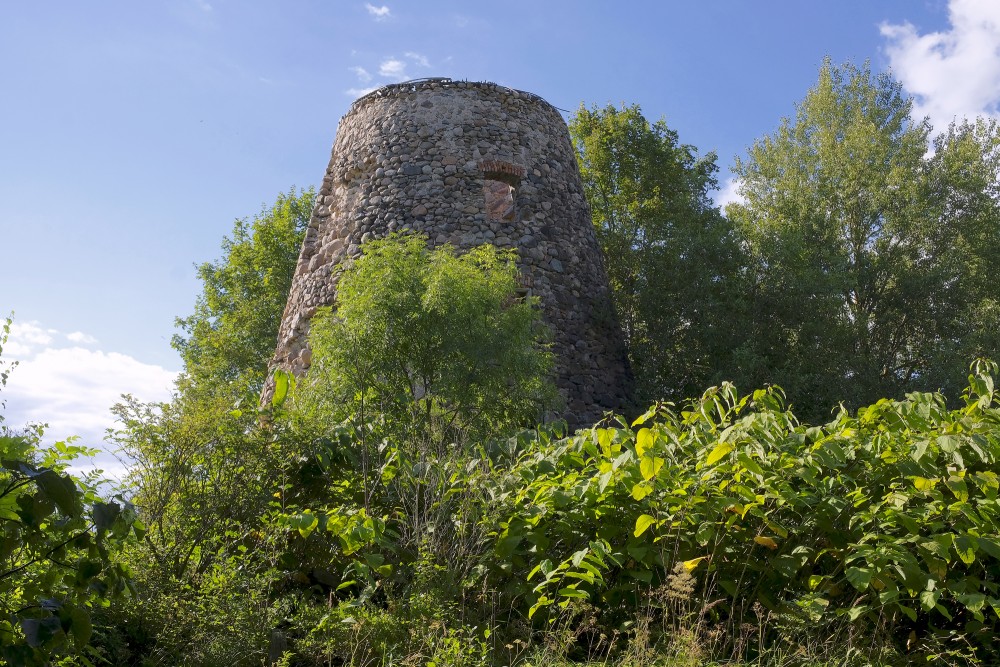Windmill
A windmill is a mill that converts the energy of wind into rotational energy by means of vanes called sails or blades. Centuries ago, windmills usually were used to mill grain (gristmills), pump water (windpumps), or both. The majority of modern windmills take the form of wind turbines used to generate electricity, or windpumps used to pump water, either for land drainage or to extract groundwater. Windmills first appeared in Persia in the 9th century AD, and were later independently invented in Europe.
Horizontal windmills
The first practical windmills had sails that rotated in a horizontal plane, around a vertical axis. According to Ahmad Y. al-Hassan, these panemone windmills were invented in eastern Persia, or Khorasan, as recorded by the Persian geographer Estakhri in the ninth century. The authenticity of an earlier anecdote of a windmill involving the second caliph Umar (AD 634–644) is questioned on the grounds that it appears in a tenth-century document. Made of six to 12 sails covered in reed matting or cloth material, these windmills were used to grind grain or draw up water, and were quite different from the later European vertical windmills. Windmills were in widespread use across the Middle East and Central Asia, and later spread to China and India from there.
A similar type of horizontal windmill with rectangular blades, used for irrigation, can also be found in thirteenth-century China (during the Jurchen Jin dynasty in the north), introduced by the travels of Yelü Chucai to Turkestan in 1219.
Horizontal windmills were built, in small numbers, in Europe during the 18th and nineteenth centuries, for example Fowler's Mill at Battersea in London, and Hooper's Mill at Margate in Kent. These early modern examples seem not to have been directly influenced by the horizontal windmills of the Middle and Far East, but to have been independent inventions by engineers influenced by the Industrial Revolution.
Vertical windmills
Due to a lack of evidence, debate occurs among historians as to whether or not Middle Eastern horizontal windmills triggered the original development of European windmills. In northwestern Europe, the horizontal-axis or vertical windmill (so called due to the plane of the movement of its sails) is believed to date from the twelfth and thirteenth centuries in the triangle of northern France, eastern England and Flanders.
The earliest certain reference to a windmill in Europe (assumed to have been of the vertical type) dates from 1185, in the former village of Weedley in Yorkshire which was located at the southern tip of the Wold overlooking the Humber Estuary. A number of earlier, but less certainly dated, twelfth-century European sources referring to windmills have also been found. These earliest mills were used to grind cereals.
Post mill
The evidence at present is that the earliest type of European windmill was the post mill, so named because of the large upright post on which the mill's main structure (the "body" or "buck") is balanced. By mounting the body this way, the mill is able to rotate to face the wind direction; an essential requirement for windmills to operate economically in north-western Europe, where wind directions are variable. The body contains all the milling machinery. The first post mills were of the sunken type, where the post was buried in an earth mound to support it. Later, a wooden support was developed called the trestle. This was often covered over or surrounded by a roundhouse to protect the trestle from the weather and to provide storage space. This type of windmill was the most common in Europe until the nineteenth century, when more powerful tower and smock mills replaced them.
Hollow-post mill
In a hollow-post mill, the post on which the body is mounted is hollowed out, to accommodate the drive shaft. This makes it possible to drive machinery below or outside the body while still being able to rotate the body into the wind. Hollow-post mills driving scoop wheels were used in the Netherlands to drain wetlands from the fourteenth century onwards.
Tower mill
By the end of the thirteenth century, the masonry tower mill, on which only the cap is rotated rather than the whole body of the mill, had been introduced. The spread of tower mills came with a growing economy that called for larger and more stable sources of power, though they were more expensive to build. In contrast to the post mill, only the cap of the tower mill needs to be turned into the wind, so the main structure can be made much taller, allowing the sails to be made longer, which enables them to provide useful work even in low winds. The cap can be turned into the wind either by winches or gearing inside the cap or from a winch on the tail pole outside the mill. A method of keeping the cap and sails into the wind automatically is by using a fantail, a small windmill mounted at right angles to the sails, at the rear of the windmill. These are also fitted to tail poles of post mills and are common in Great Britain and English-speaking countries of the former British Empire, Denmark, and Germany but rare in other places. Around some parts of the Mediterranean Sea, tower mills with fixed caps were built because the wind's direction varied little most of the time.
Smock mill
The smock mill is a later development of the tower mill, where the masonry tower is replaced by a wooden framework, called the "smock", which is thatched, boarded or covered by other materials, such as slate, sheet metal, or tar paper. The smock is commonly of octagonal plan, though there are examples with different numbers of sides. The lighter weight than tower mills make smock mills practical as drainage mills, which often had to be built in areas with unstable subsoil. Smock mills originated for drainage, but are also used for other purposes. When used in a built-up area it is often placed on a masonry base to raise it above the surrounding buildings.
en.wikipedia.org






